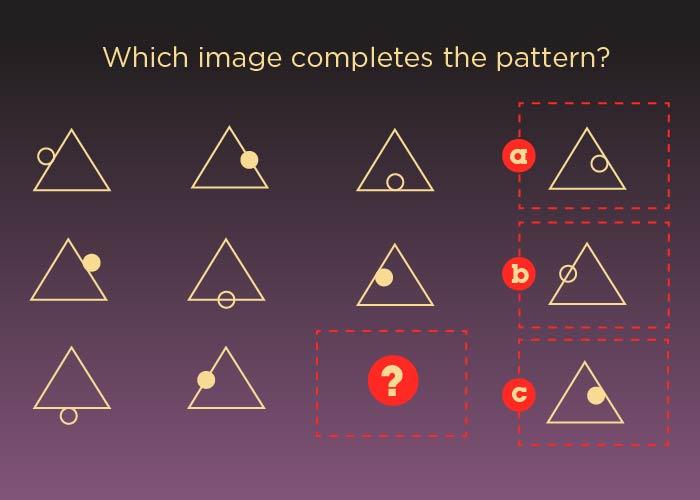
A new study found that higher concentrations of NAA (N-acetyl aspartate) in two areas of the brain were associated with better performance on verbal and spatial tests. NAA is a byproduct of glucose metabolism and an indicator of brain health. (credit: Julie McMahon and Erick Paul)
The study, reported in an open-access paper in the journal NeuroImage, observed two facets of fluid intelligence*:
Verbal or spatial reasoning was linked to higher concentrations of a compound called NAA (N-acetyl aspartate) in the medial parietal and posterior cingulate cortices of the brain. NAA is a byproduct of glucose metabolism and a marker of energy production in the brain. It was measured with magnetic resonance spectroscopy.
Number-related problem-solving was linked to brain volume in all subjects, measured using magnetic resonance imaging (MRI).
The analysis involved 211 research subjects, making it the largest study to date linking brain chemistry and intelligence in living humans. A follow-up analysis revealed that this pattern of findings was observed for males and females when analyzed separately.
A similar separation of reasoning abilities has been demonstrated in previous studies, but more studies will be needed to confirm and extend the findings, the researchers said.

The study tested participants’ performance on a number of intelligence tests, including questions, similar to this one, testing subjects’ spatial reasoning. (credit: Graphic by Ryan Larsen and Julie McMahon)
The work was conducted in the Decision Neuroscience Laboratory at the Beckman Institute for Advanced Science and Technology, University of Illinois at Urbana-Champaign.
«Our findings contribute to a growing body of evidence to suggest that intelligence reflects multiple levels of organization in the brain — spanning neuroanatomy, for example, brain size; and neurophysiology, such as brain metabolism — and that specific properties of the brain provide a powerful lens to investigate and understand the nature of specific intellectual abilities," said Aron Barbey, an affiliate of the Beckman Institute and of the Carl R. Woese Institute for Genomic Biology.
The Intelligence Advanced Research Projects Activity at the Office of the Director of National Intelligence supported this research.
Abstract of Dissociable brain biomarkers of fluid intelligence
Cognitive neuroscience has long sought to understand the biological foundations of human intelligence. Decades of research have revealed that general intelligence is correlated with two brain-based biomarkers: the concentration of the brain biochemical N-acetyl aspartate (NAA) measured by proton magnetic resonance spectroscopy (MRS) and total brain volume measured using structural MR imaging (MRI). However, the relative contribution of these biomarkers in predicting performance on core facets of human intelligence remains to be well characterized. In the present study, we sought to elucidate the role of NAA and brain volume in predicting fluid intelligence (Gf). Three canonical tests of Gf (BOMAT, Number Series, and Letter Sets) and three working memory tasks (Reading, Rotation, and Symmetry span tasks) were administered to a large sample of healthy adults (n = 211). We conducted exploratory factor analysis to investigate the factor structure underlying Gf independent from working memory and observed two Gf components (verbal/spatial and quantitative reasoning) and one working memory component. Our findings revealed a dissociation between two brain biomarkers of Gf (controlling for age and sex): NAA concentration correlated with verbal/spatial reasoning, whereas brain volume correlated with quantitative reasoning and working memory. A follow-up analysis revealed that this pattern of findings is observed for males and females when analyzed separately. Our results provide novel evidence that distinct brain biomarkers are associated with specific facets of human intelligence, demonstrating that NAA and brain volume are independent predictors of verbal/spatial and quantitative facets of Gf.
Source:
http://www.kurzweilai.net/brain-markers-of-numeric-verbal-and-spatial-reasoning-abilities-found




